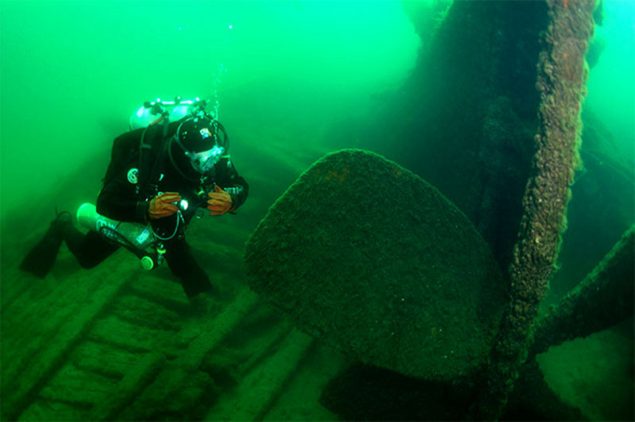Shipwrecks are a random sample of voyages, a record of past trade and communication. Unlike elaborately contrived sites such as graves and temples, shipwrecks are accidental and therefore show the past as it really was. One way to think about shipwrecks is that they are like car accidents at sea, but with no tow trucks to remove the wreckage.
Archeologists use shipwrecks to understand the past. Shipwrecks may be connected to important historical events. People working to protect the marine environment can learn important lessons from shipwrecks about how currents, weather, technology and human error can damage the environment. Additionally, shipwrecks can provide hard surfaces that may be associated with a high biomass of biologically diverse organisms for study.
Both shallow-water and deep-water shipwrecks are important to study. Looking in deep water can reveal clues about different types of vessels that may not have regularly traveled into shallow waters, but were important for communication and trade. Research indicates that even as recently as the middle of the 19th century, nearly 20 percent of shipwrecks occurred in deep water, away from shore. By comparing deep-water and shallow-water wrecks with information from land excavations, archaeologists can build a new understanding of the ancient world. It may be that through the study of deep-water shipwrecks, we can glimpse the prehistoric moment when civilization crystallized and the modern world began.


